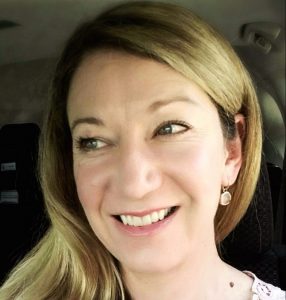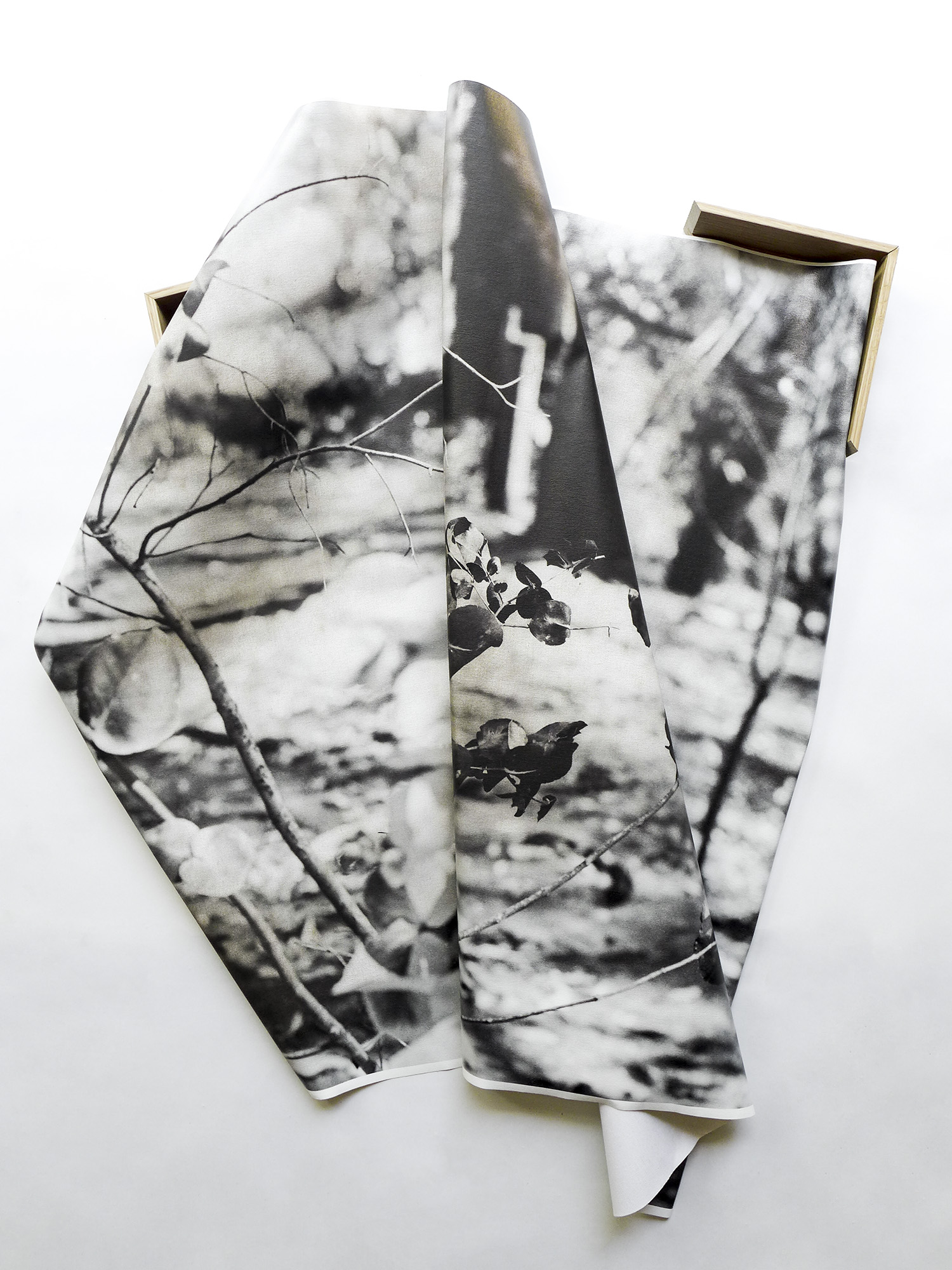Date/Time
Date(s) - October 28, 2021 - December 10, 2021
10:00 am - 4:30 pm
Location
Clara Hatton Gallery, Visual Arts
Categories
Opening – Thursday, October 28, 4:30–7:00 pm
EXHIBITION CATALOGUE
Artist Talk – Thursday, December 2, 5 pm | F101, Visual Arts Building
 The Hatton Gallery in partnership with the Center for Fine Art Photography presents Degrees, an exhibition of large-scale photographs in various forms made by Odette England during and in the aftermath of the Australian bushfires of 2019-2020. England spent six weeks photographing in one of the fire zones and collecting buckets of ash, which she rubbed into the surfaces of her prints. The works, showing for the first time, speak to loss; the fickle and uncontrollable nature of fire, the urgency of change, and of how we learn, forget, remember, and persevere. www.odetteengland.com
The Hatton Gallery in partnership with the Center for Fine Art Photography presents Degrees, an exhibition of large-scale photographs in various forms made by Odette England during and in the aftermath of the Australian bushfires of 2019-2020. England spent six weeks photographing in one of the fire zones and collecting buckets of ash, which she rubbed into the surfaces of her prints. The works, showing for the first time, speak to loss; the fickle and uncontrollable nature of fire, the urgency of change, and of how we learn, forget, remember, and persevere. www.odetteengland.com
So much of photography is about control.
Controlling exposure, light, perspective, motion. Making decisions, technical and aesthetic, to control the image. A quick Google search reveals a host of articles and tips on how to take control of everything in photography. Wildfires too use a vocabulary of control. Controlling the blaze, controlled burns, fires burning out of control.
When we take a photograph we assume, hope, take for granted that we are in control. To some extent this is true. But the camera does not see as we do, nor do we like the camera. It’s one of the reasons why photographs surprise, delight, and shock us. We often see things in the resultant photograph that we didn’t see, or notice, when we made it. The camera asserts some control. The unexpected does, too.
When a photographer makes prints we enact sets of controls to achieve the desired result. This is where Odette England plays with photography, and with fire. How to give the print some control over how it exists in the world. Letting go, if only a little, of artist intent. Her images of wildfire smoke and burned lands in Australia, made with expired heat-damaged film and printed digitally and in the darkroom, are exposed to the visceral, textural materials of wildfires – ash, which she collected, and fire retardant pigment. These materials are notoriously difficult to control. England embraces their uncontainable qualities, rubbing them into the surface of her prints. Putting back into the photographs some of the heady elements that the camera didn’t capture.
In some of her ash-rubbed prints, England uses the shapes of flames – gleaned from studying images of wildfires used by media outlets and government agencies – to inform how they hang on the wall. They move with vigor and dynamism, held only by small wooden corners and rusted nails rescued from burned-down fences. In these works, both subject matter and print resist the control of the rectangular frame.
There are other works that bear the scars of fire, where England has conducted experimental controlled burns in her studio; where she has turned ash into a watery paste and washed her prints with it, and where she has used expired unfixed photographic paper, matched to the hues and tones of wildfires, to create photographic collages.

There is a performance element to England’s work.
The wildfire ash and fire retardant pigment influence and corrupt the images. Hers is an animating of the photograph as a surface of inscription.
“If I’m going to speak of land and fire, and their unique wild qualities, then I shouldn’t close off their voice, their pitch, their texture.”
England’s works are illustrative of the photograph as material, a starting point rather than an end result. They represent how photography can amplify a subject while also being the subject of amplification. She is less interested in technical perfection, more interested in the idea of an image-in-crisis – failing or lacking in some way – to represent ideas about crises.
“I treat the photograph as I would paint or clay or metal. I use my camera to process the information in front of me, but then I elaborate on it, so my process is one of elaboration and collaboration. It’s a kind of fiddling with the fidelity that we assume photographs carry.”
The philosopher Jacques Derrida said that a photograph takes place once, it has ‘onceness’. England’s work contests that onceness. She prefers to encounter the surface of a photograph over and again. England sees the photograph’s surface as a rich site of meditation but also transformation.
“Different types of ‘doing’ allow me to test the dynamics of a print. To make these works I impose myself as a material in a physical yet tender way while listening to all that the work desires to be.”

The Center for Fine Art Photography is an independent 501(c)(3) non-profit, promotes the art of photography by supporting the growth of diverse creative artists through exhibitions and educational programs.
For more information, go to www.c4fap.org
 Support for the exhibition Degrees has been provided by the City of Fort Collins Fort Fund.
Support for the exhibition Degrees has been provided by the City of Fort Collins Fort Fund.